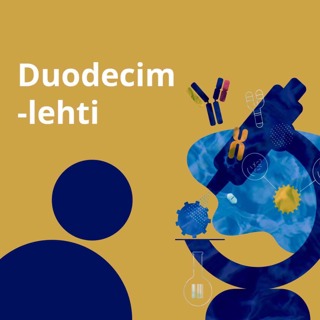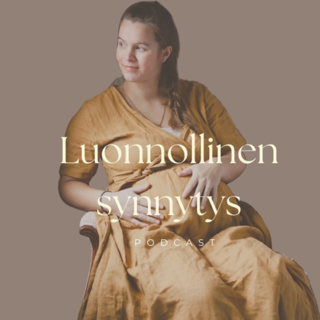
095 – Young Dante Alighieri and Florence
We start to take a look at the life and times of the great poet Dante Alighieri, taking the opportunity to look more closely at the history of his city, Florence.
19 Elo 202026min

094 – Naples vs Sicily
We see how the descent of Emperor Henry VII reignites the conflict between Frederick of Sicily and the new king of Naples, Robert. The animosity will last as long as the two men live.
2 Elo 202021min

093 – A change of scenery for the papacy and an anachronistic emperor
The papacy, under Clement V heads off for its long exile to Avignone and then Holy Roman Emperor Henry VII tries to move back the clock on the Italian scene.
18 Heinä 202024min

092 – Boniface VIII peaks and crashes
1298- 1303 Boniface VIII crushes the internal opposition of the Colonna, organises the first Jubilee, dabble in Italian politics including Florence and then clashes once again with Philipp IV of France, which seals his fate.
26 Kesä 202023min

091 – Boniface VIII on the scene
1295 - 1297 We go back to the abdication of pope Celestine V in 1295 and see the rise to power of one of the most controverstial popes in history, Boniface VIII in this first of two episodes on the man and his time.
21 Kesä 202020min

090 – Twilight of the Sardinian Judicates
Before finally getting on to the 14th century, we see how the end of the 13th marked the beginning of the end of the Sardinian Judicates, before of course going back to look at what they actually were.
12 Kesä 202025min

089 – The "cannibal" count – an example of late 13th century Italian politics
the politics of late 13th century Pisa as an example of the general situation in the communes as well as touching on Sardinia.
4 Kesä 202022min

088 – Twilight of the communes
Before saying goodbye to the 13th century, we take a quick tour of the peninsula to tie up some loose ends, such as the maritime, republics, Piedmont and the situation with the communes.
16 Touko 202019min





















